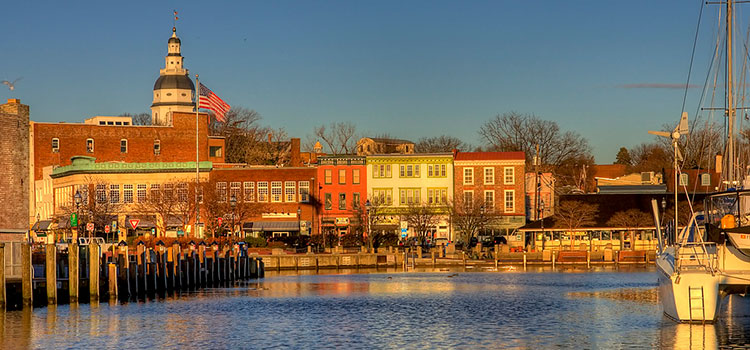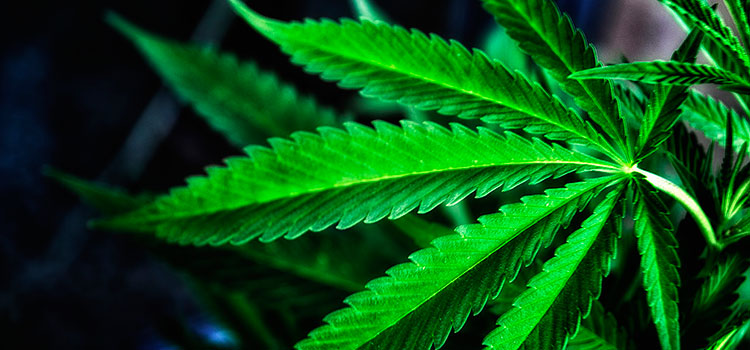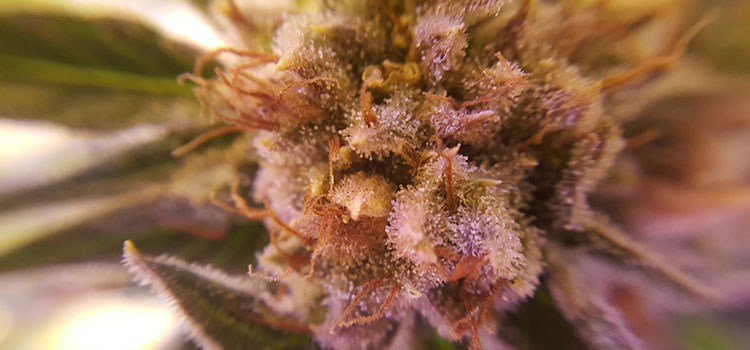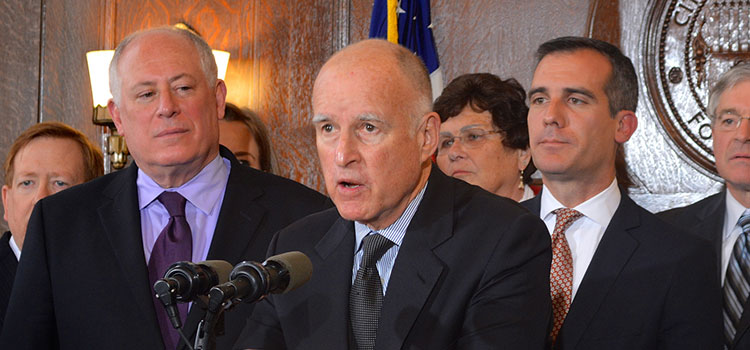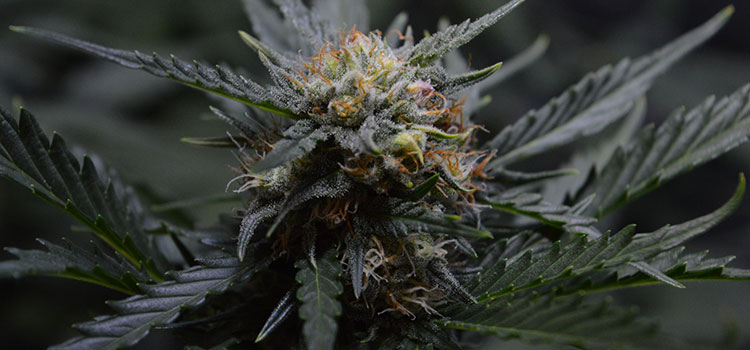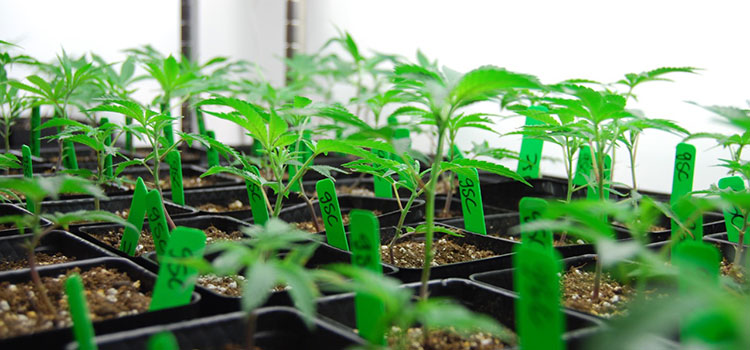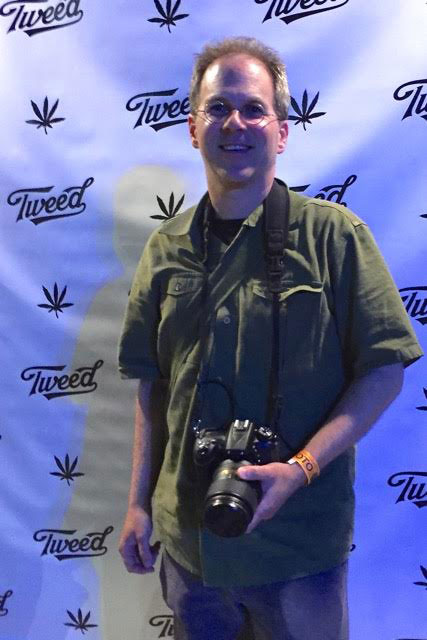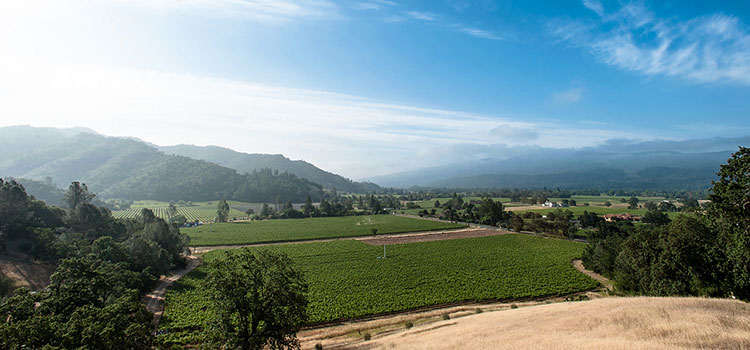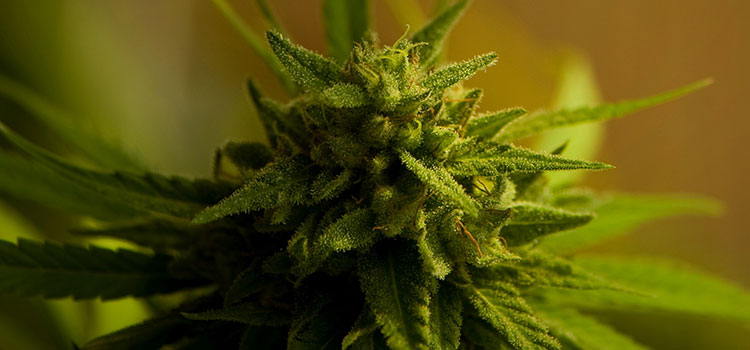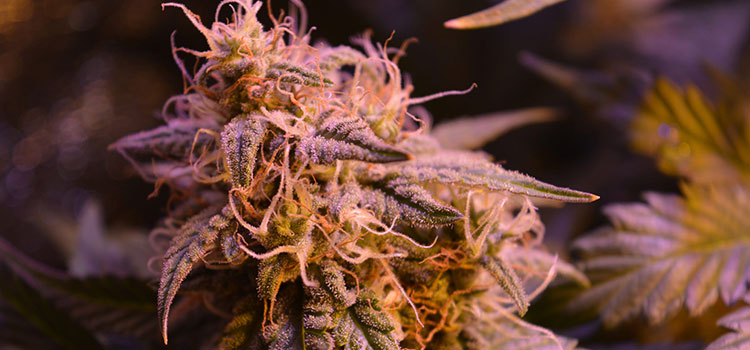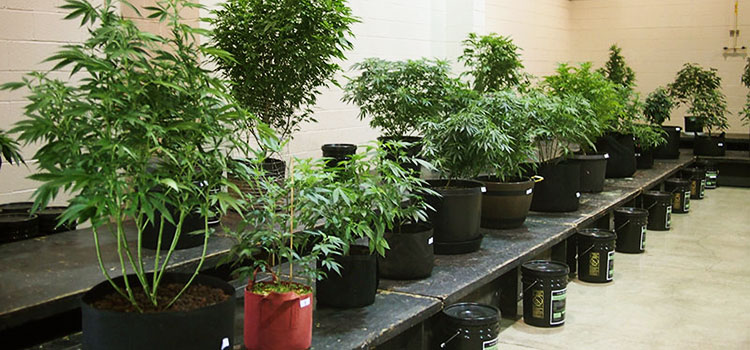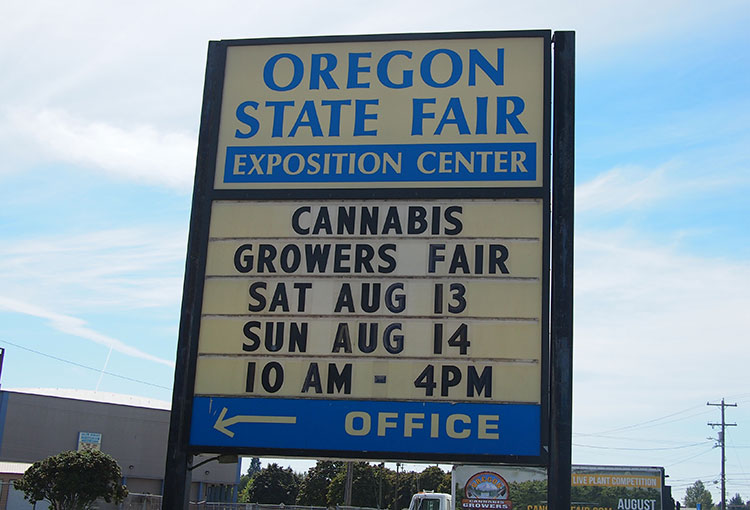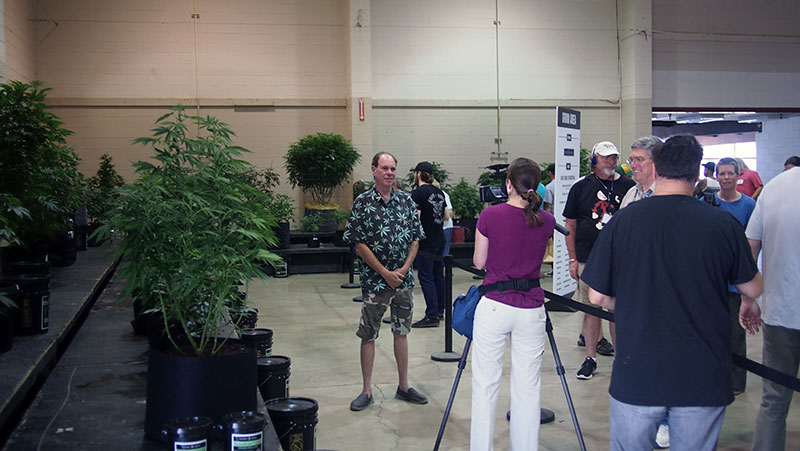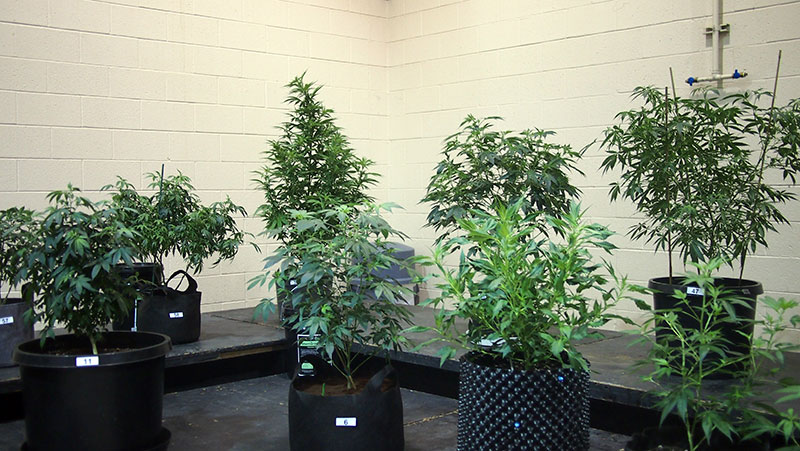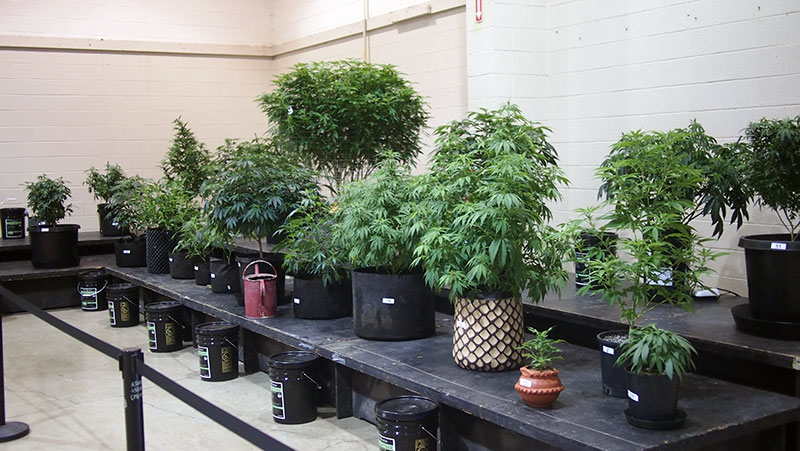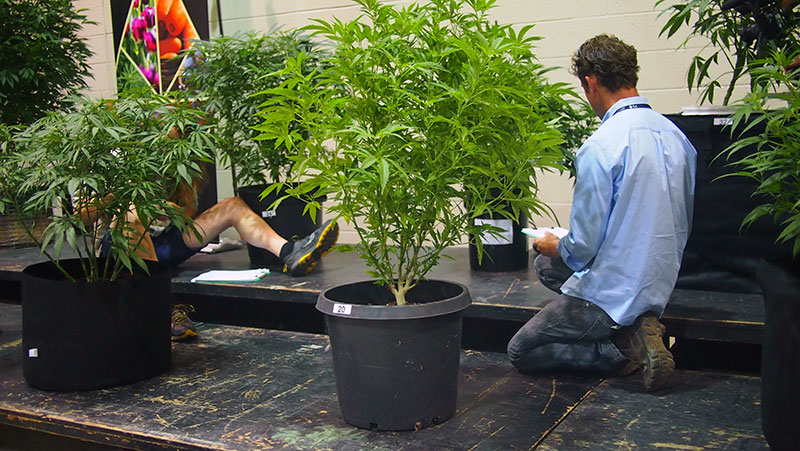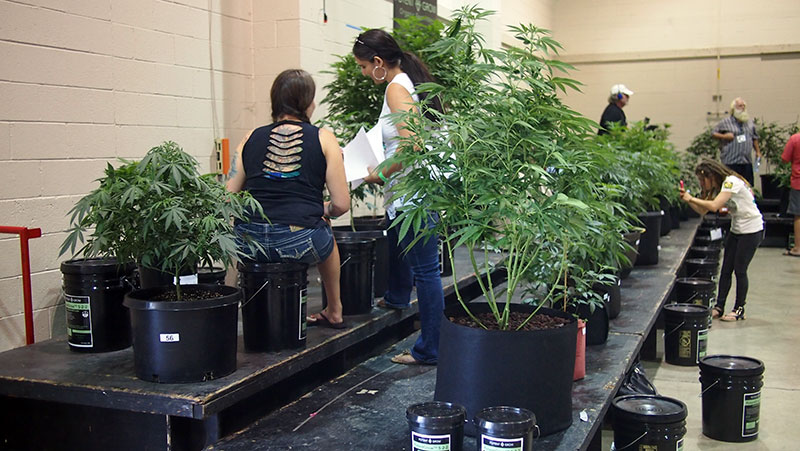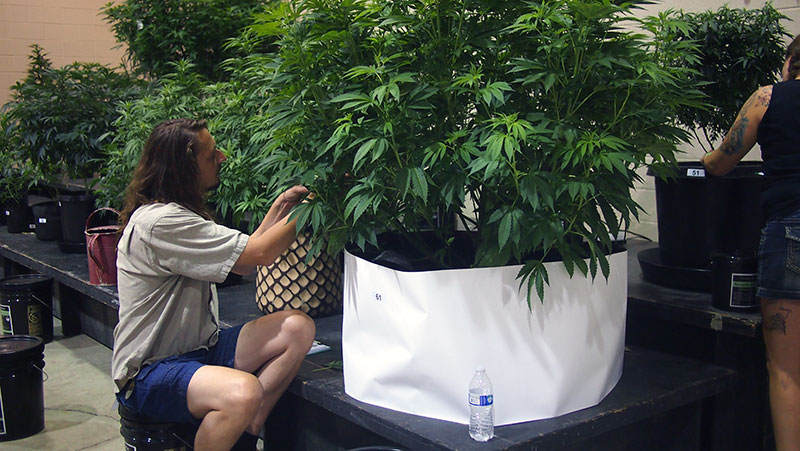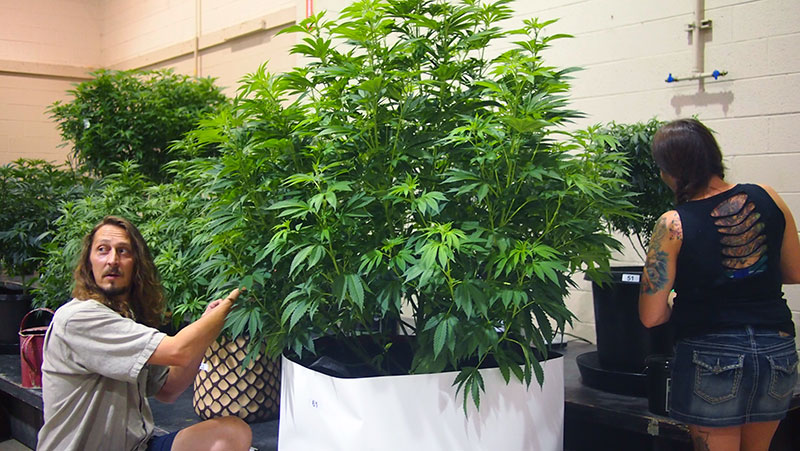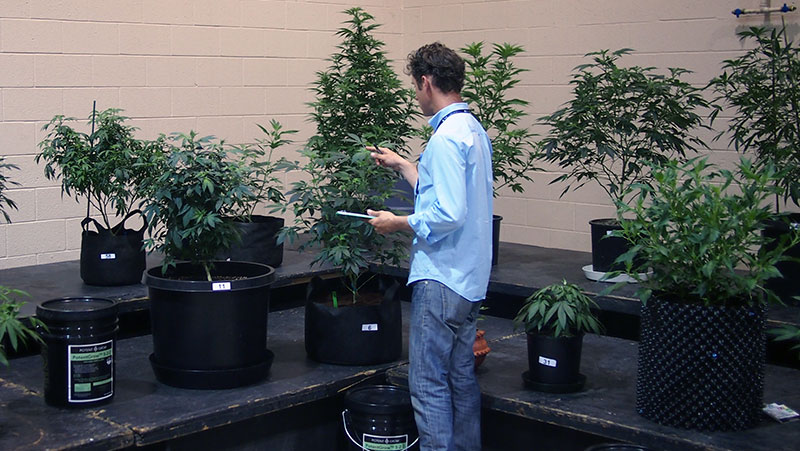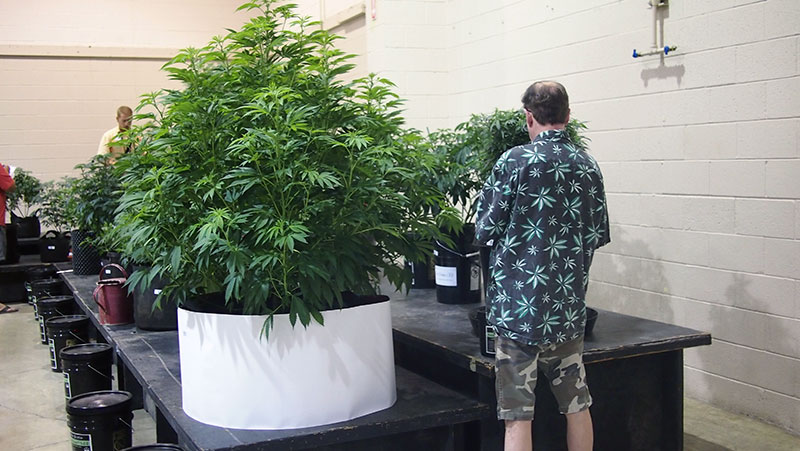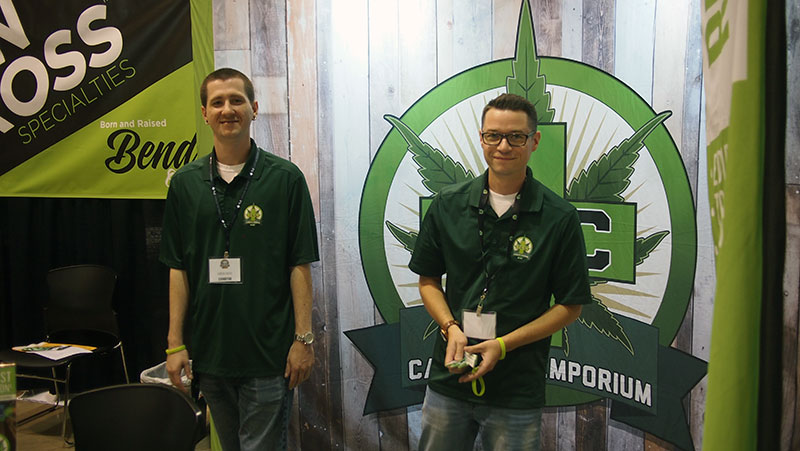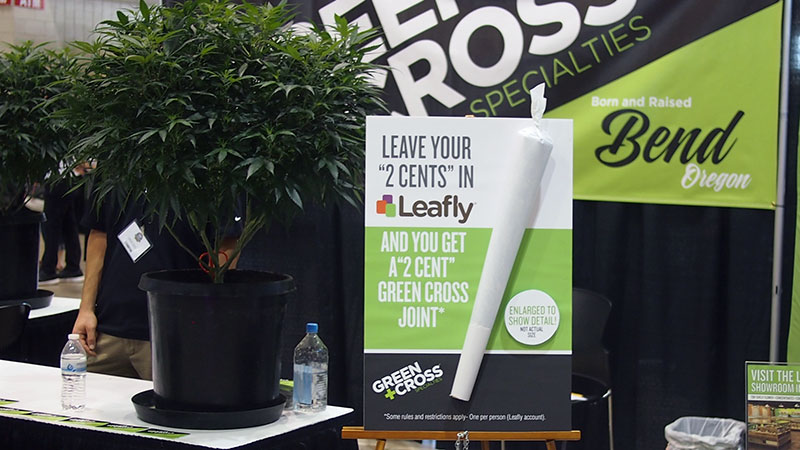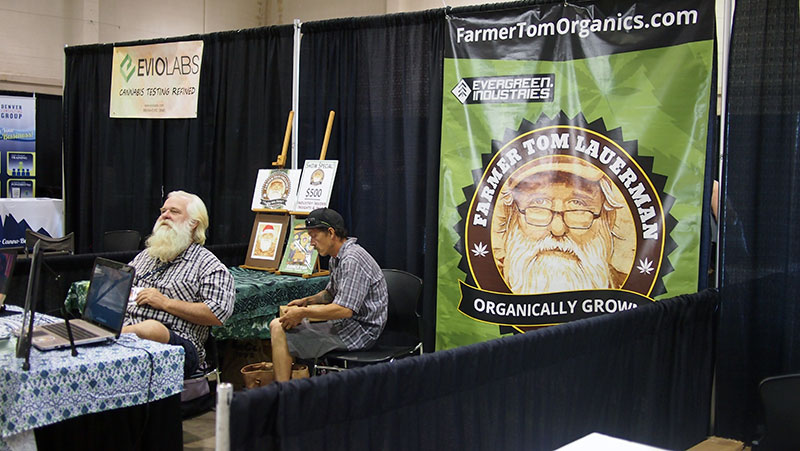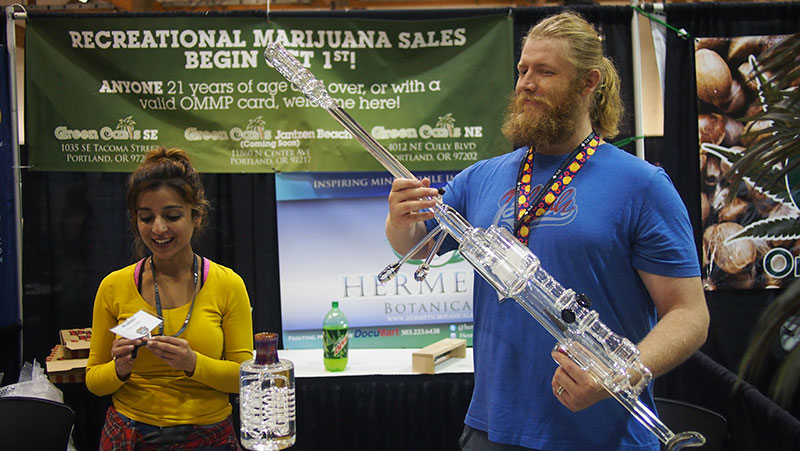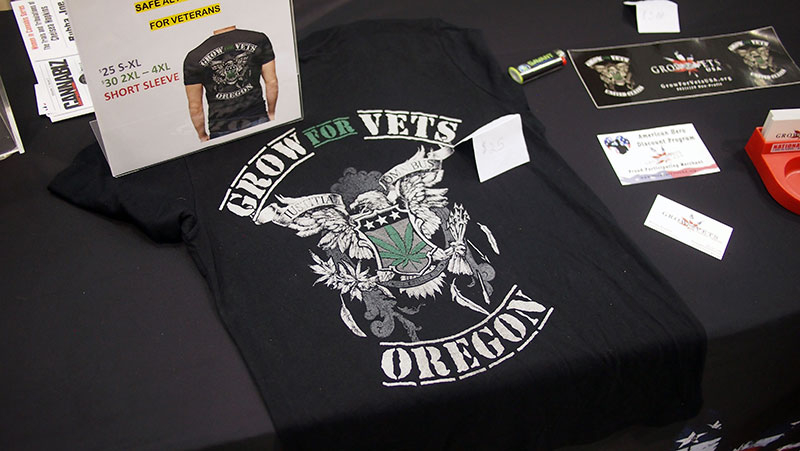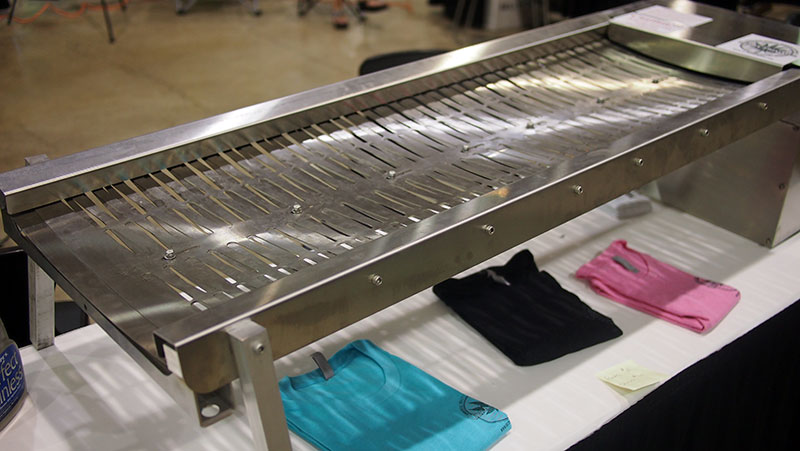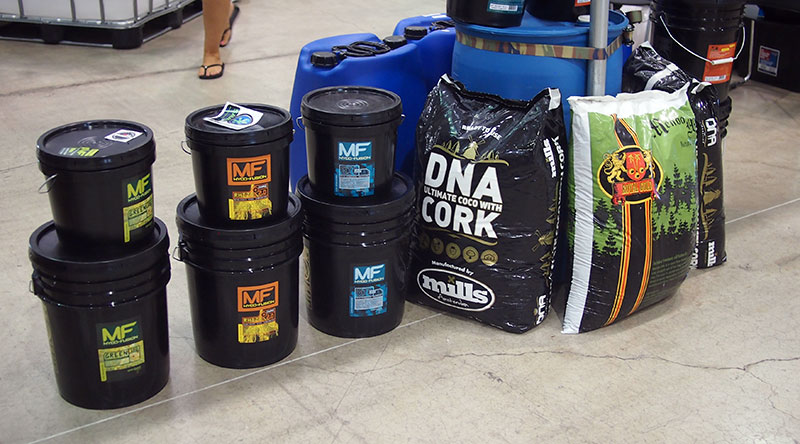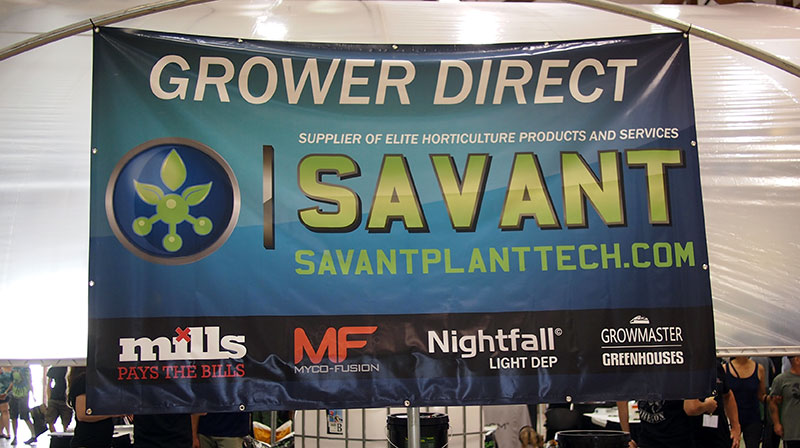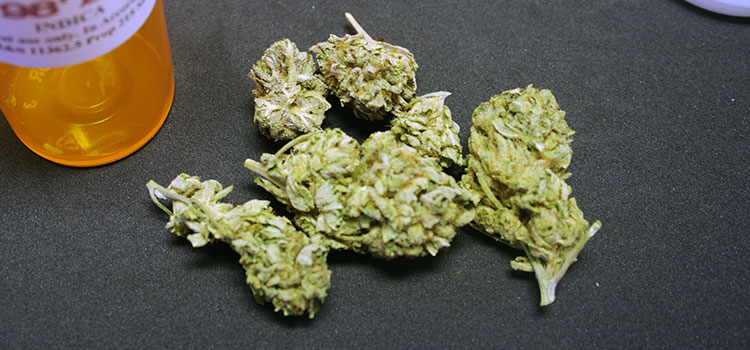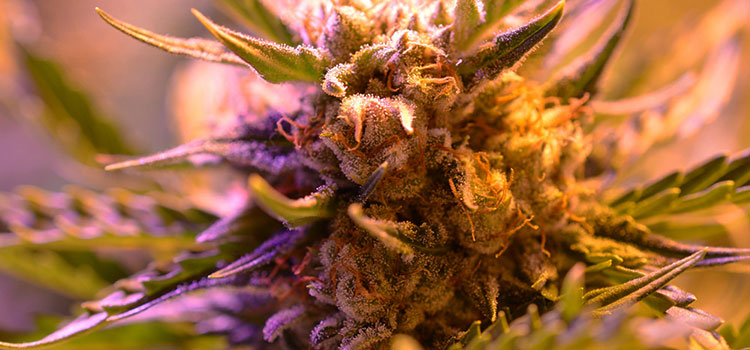The chairwoman of the Legislative Black Caucus of Maryland is urging the governor to intervene in the awarding of medical marijuana licenses because the selected companies are run primarily by white men, according to a report from the Baltimore Sun.
Of the 30 total available industry production licenses — 15 for growing and 15 for processing — one preliminary license was awarded to an African-American-headed company and two went to companies run by women, the Maryland Cannabis Industry Association said.
“I am completely disappointed with the medical marijuana commission and the decision that they have made in terms of awarding licenses,” Del. Cheryl D. Glenn, chairwoman of the caucus, said in the report. “Clearly, there was no effort at all to factor in minority participation and make sure that it’s inclusive of everybody in the state of Maryland.”
She indicated that the caucus could consider a legal challenge on the grounds that the diversity requirements of the 2013 law were not met.
Members of the caucus are planning to meet with Gov. Larry Hogan on Thursday, but his spokesman said that there isn’t anything he can do about the decisions made by the independent commission who granted the licenses. The Maryland Medical Cannabis Commission received 146 grow and 124 process applications which were reviewed, with identifying information removed, by Townson University’s Regional Economic Studies Institute before the commission voted. At least three of the companies have political ties.
“The governor’s office has absolutely zero role in this process,” Douglass Mayer, spokesman for Hogan, said. “The legislation was passed under a previous administration. Every single commissioner was appointed by the previous administration.”
Dr. Paul W. Davies, chairman of the commission, said he’s “very happy” with the way the selection process worked and believes the commission’s decisions were unbiased.
End
